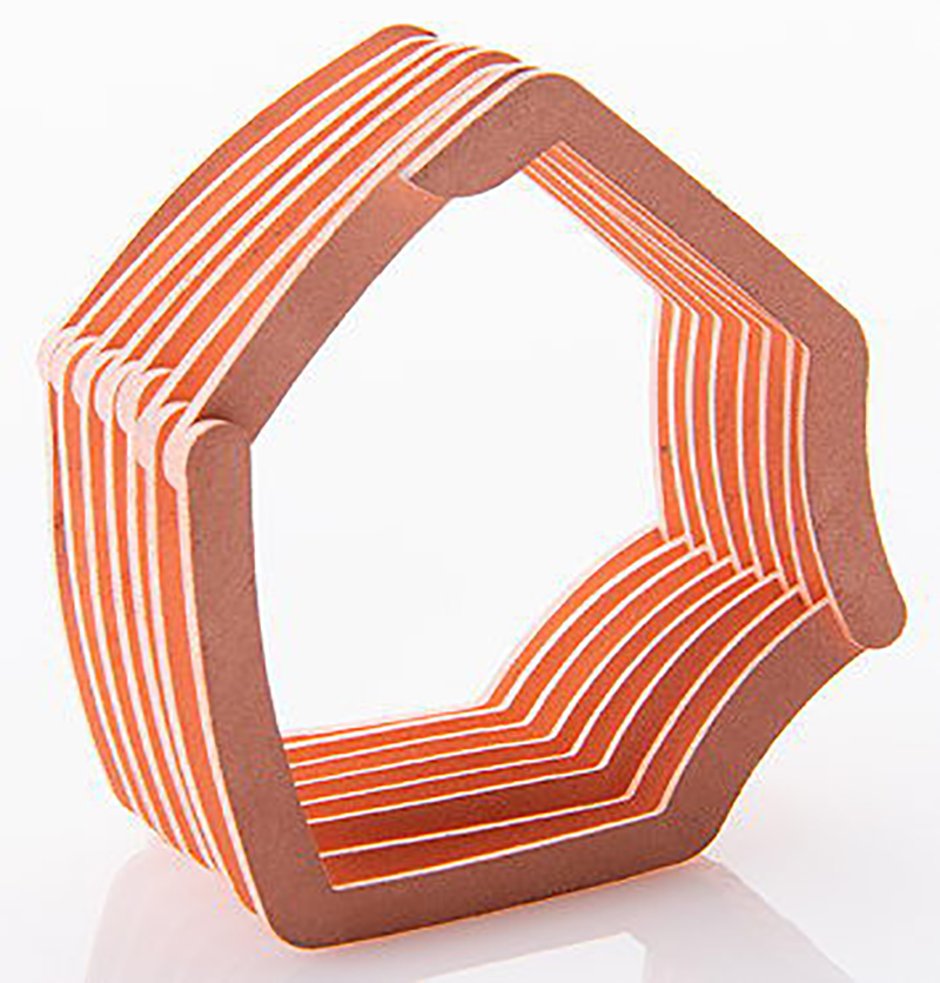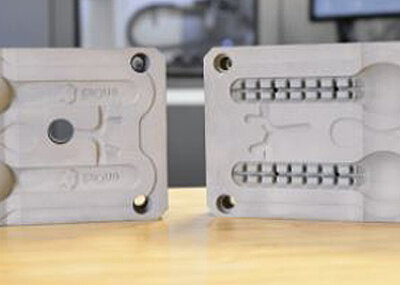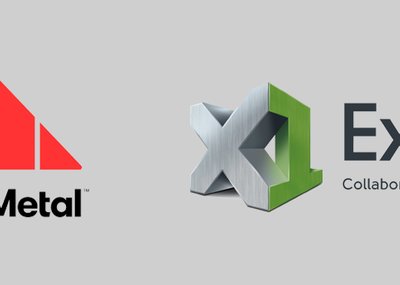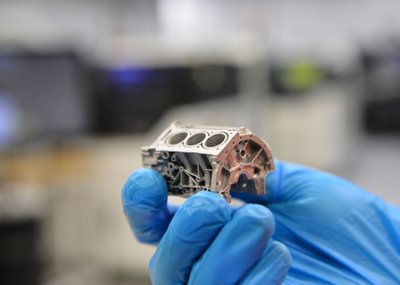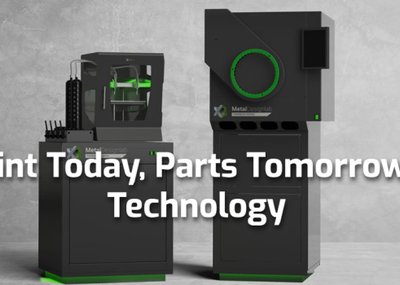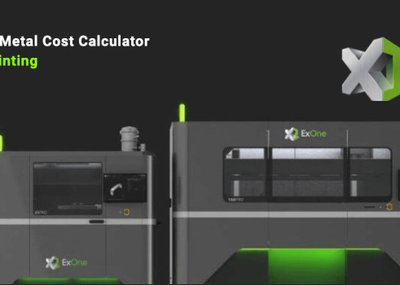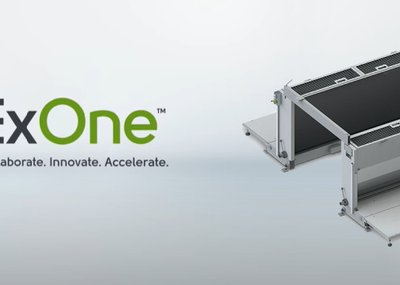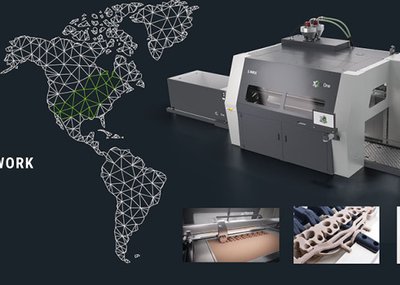Two US companies have developed a new way of producing copper windings for motors using 3D printing that, they say, eliminates many of the limitations of traditional techniques for manufacturing windings. Pennsylvania-based ExOne, which specialises in 3D metal and sand printers using a binder jetting technology, is collaborating with a Tennessee-based start-up called Maxxwell Motors to develop “unique” copper windings for Maxxwell’s axial-flux motors, which avoid the need for magnets and rare-earth materials.
Copper windings and rotors for motors need to be optimised to enable the transition to hybrid and pure electric power vehicles. However, current methods of manufacturing windings are costly, inefficient, and limit the windings’ design and performance.
ExOne and Maxxwell have proved a new concept for binder jet 3D printing of high-efficiency copper windings that, they say, eliminates many of the challenges associated with traditional manufacturing of these parts.
Windings produced using the binder jet process require fewer manufacturing steps, use less energy, and result in less waste material. They are also claimed to be more efficient and to offer improved performance. The high-speed binder jetting process is said to be “relatively affordable”.
“When we 3D print it, a lot of the challenges just go away, and we can actually improve the performance of the motor itself,” explains Maxxwell’s CEO, Michael Paritee. “We’re taking the most sustainable, and additive manufacturing, point-of-view as possible to truly improve efficiency, reduce waste and optimise performance.”
Maxxwell was founded in 2018 with the aim of improving the design and manufacturing of electric motors without using rare-earth magnets. The company now holds nine US and global patents and has launched two products – a 10kW air-cooled motor-generator, and a 150kW liquid-cooled motor.
In one of Maxxwell’s patented motor designs, the copper coils for the stator windings fully surround the motors to conduct electricity Around 36 coils are needed, but Maxxwell and ExOne hope to consolidate all of them into a single 3D printed part, saving time and money.
Additional development and testing are now underway, with Maxxwell’s ultimate goal being to 3D-print winding assemblies as monolithic pieces, eliminating coil wrapping, bending and tooling processes, as well as the need to weld individual parts together.
Maxxwell’s axial-flux motors have potential industrial applications, as well as being aimed at electric cars and heavy-duty vehicles.
ExOne, founded in 1995, is a pioneer in binder jet 3D printing. The technology transforms powder materials – including metals, ceramics, composites and sand – into precision parts, metal-casting moulds and cores, and tooling. It is said to save time and money, reduce waste, improve manufacturing flexibility, and to deliver designs and products that were previously considered impossible.
Source: www.drivesncontrols.com

